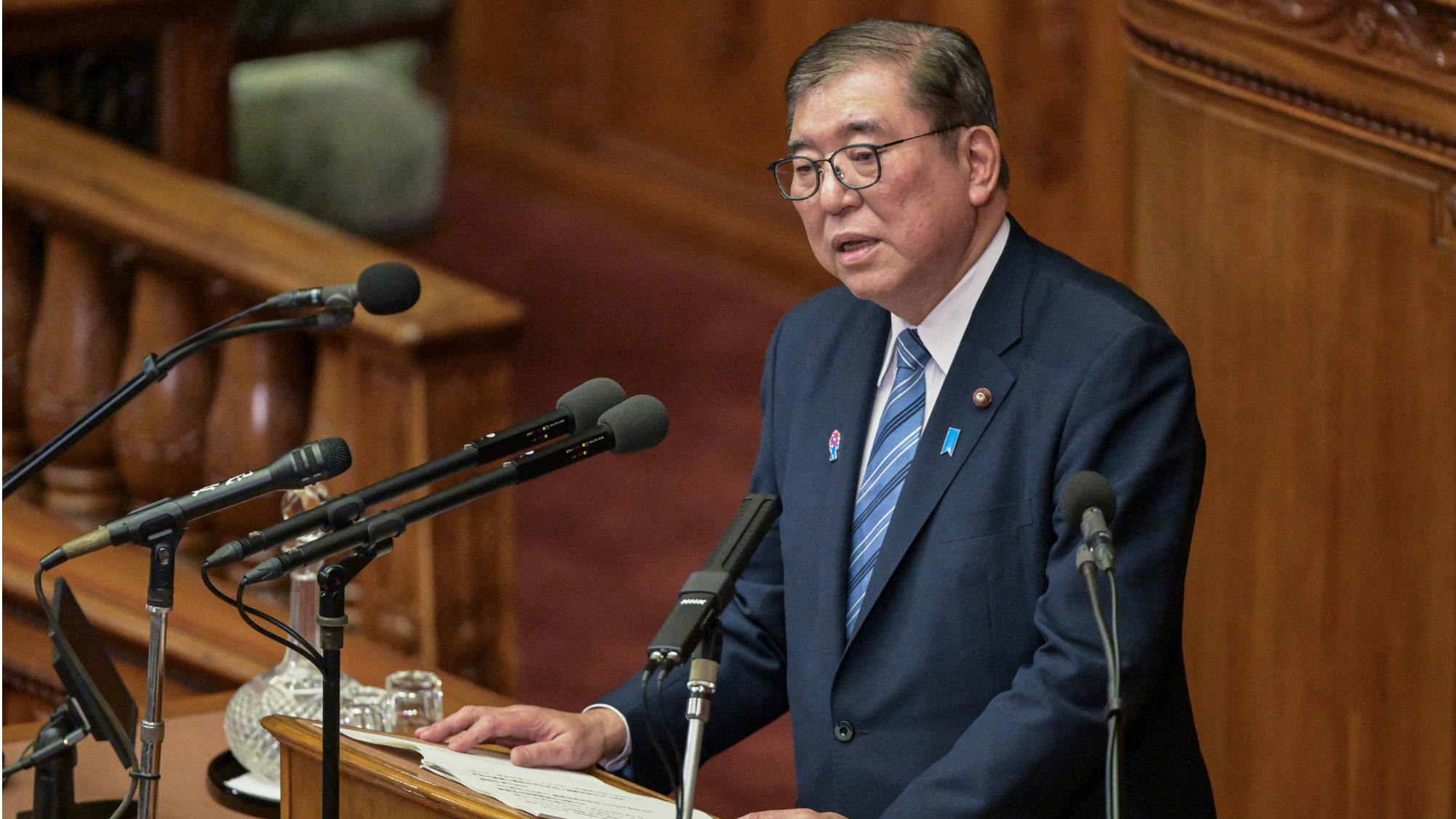
Japan will aim to cut greenhouse gas emissions 60 percent by 2035 from 2013 levels under a revised climate target, a policy seen as falling short of action required to meet Paris Agreement goals.
Prime Minister Shigeru Ishiba’s cabinet has approved the new strategy and submitted it to the United Nations, the environment ministry said Tuesday. The world’s fifth-biggest carbon dioxide polluter has an existing target to reduce emissions by 46 percent by 2030.
“Achieving our next emissions reduction goals will require not only existing efforts, but innovative solutions that lead to deeper cuts in emissions,” Keiichiro Asao, the environment minister, said in a press conference. “We believe that these targets are very ambitious.”
ALSO READ: Japan seeks exemption from Trump’s reciprocal trade tariffs
The UN this month urged signatories to the Paris climate pact to finalize more ambitious plans — known as nationally determined contributions — to reduce emissions by the mid-2030s, even as most countries missed an initial Feb 10 deadline. A lack of new commitments has escalated concerns about the world’s prospects of meeting the agreement’s ambition of limiting global warming to well below 2°C, and ideally to 1.5°C.
Japan, which remains heavily reliant on natural gas and coal, has struggled to shift to cleaner energy sources or to achieve major progress in industrial decarbonization. To reach net zero emissions by 2050 and adhere to the Paris targets, Japan would need to implement a 73 percent cut by 2035, BloombergNEF said in November.
The nation expects its liquefied natural gas demand will rise through 2040 if it doesn’t achieve its pollution reduction goals. AI, data centers and semiconductor chip-making factories are forecast to increase Japan’s power demand.


